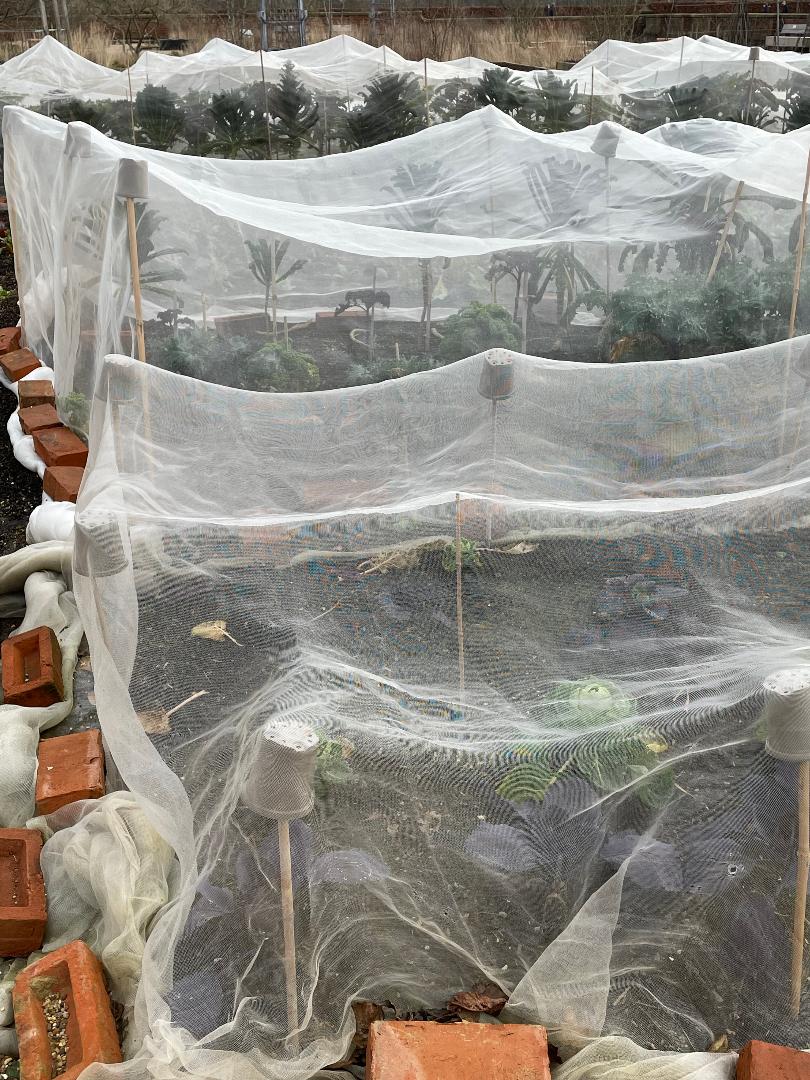Time to start dealing with garden pests
Published 12:00 pm Sunday, April 10, 2022
|
Getting your Trinity Audio player ready...
|
Rain and warm weather are helping the garden jump, but bring an ancient set of foes along in tow. Time to start dealing with garden pests.
Mississippians have a tough time dealing with critters that try to eat us or our gardens. And we’ve tried our best to repel or deter them all, from mosquitoes to deer, deer flies, caterpillars, and squash borers, and not to overlook armadillos, moles, and roaming cats.
And there are no easy answers. I was raised in the Delta where my dad would dust everything in the garden with insecticides that are no longer available because they were so poisonous or persistent, and he would tip the driver of “the fogging machine” to dawdle a little to soak our wooded lot with enough DDT to stop the birds from singing for a week. I’m still so laced with the stuff I probably couldn’t be cremated in California because my smoke would be too toxic!
We know better now, of course, that modern insecticides, both synthetic and natural, only work for a few hours or days max, and that timing is important (spray late in the day when pollinators are not present). Apply appropriate pesticides only to what is being affected, repeat applications as needed, and read the label – follow waiting periods when treating edibles.
We also know that zapping bugs with electricity and spraying the whole yard (or town) are as much emotional as effective; not to put the quietus on earnest efforts, but many researchers point out that it takes a holistic approach, not just sprays, because mosquitoes, which usually fly for several blocks or a mile or more, are only affected if they happen to fly through during the short period in which tiny aerosol droplets are suspended in the air.
And no, there are no general mosquito-repelling plants. Mint, pennyroyal, beautyberry shrub, all those with scented oily leaves have to be rubbed on to work.
What’s most practical are well-known: drain standing water, put mosquito dunks where you can’t, wear long sleeves, apply your repellent of choice, and add a fan or two to the deck to disburse the weak flyers. And keep the door closed, you’re letting them in!
But what about the bigger creatures? Deer, rabbits, armadillos? In a word, fence them out. No other solution works as well (please, no snarky emails about Irish Spring soap, bags of hair, mothballs, and the like. I hear you, but have to stick with what works across the board for everyone).
I know this isn’t always practical, especially for larger gardens, but it’s what we all did a century ago, and it still works now. I have a frame around my raised bed with the tops covered with removable dog fence panels to keep the larger animals out, and chicken wire around the bottom for the smaller ones.
And I’m amazed how so few Mississippi gardeners use insect netting over their vegetables. Individual beds of smaller crops in both home and community gardens in England and Japan are routinely netted with various-size mesh fabrics draped over simple frames or hoops. I have a hoop of rebar over my largest container garden that I cover with netting as soon as I see white butterflies looking for my cabbage. Here in Mississippi, few garden centers carry them, but I found a large selection of mesh and fabric sizes online.
Of course, none of this is easy, and I have to lift the netting over my squash to do some morning hand pollination. But, simply stated, it, like other fences, and the fans, works.
Felder Rushing is a Mississippi author, columnist, and host of the Gestalt Gardener on MPB Think Radio. Email gardening questions to rushingfelder@yahoo.com.






